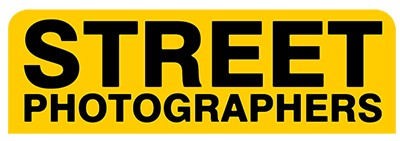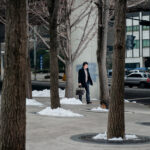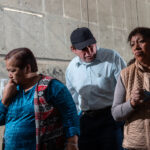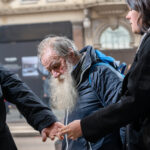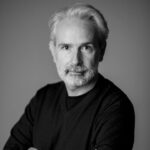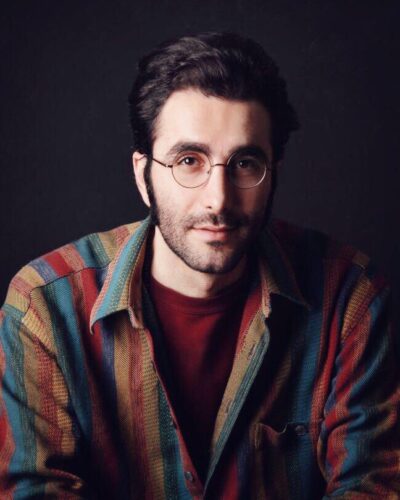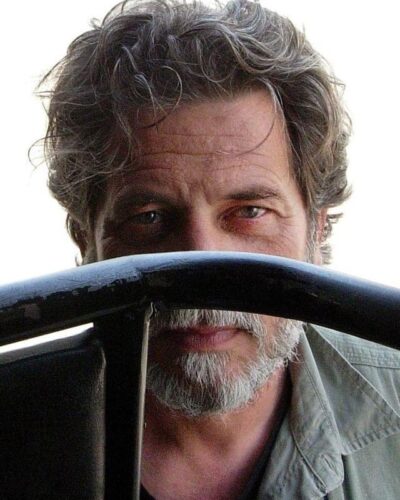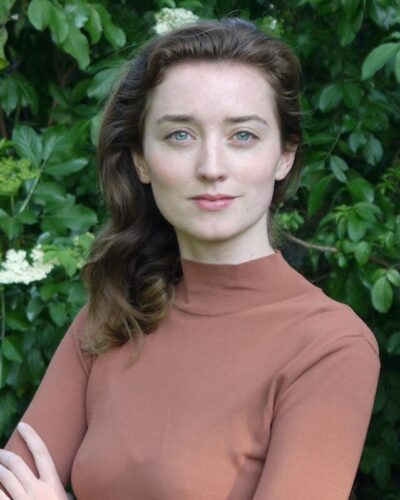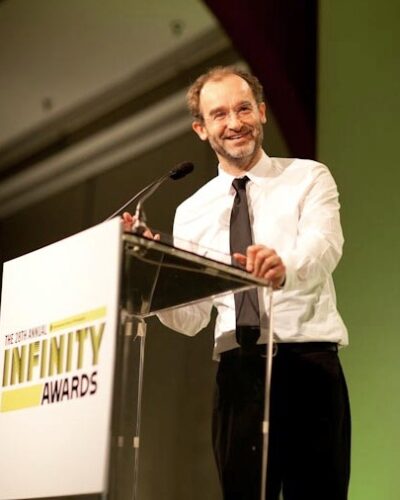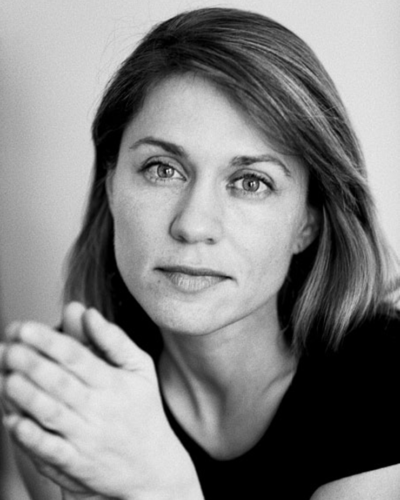Bas Losekoot
Bas Losekoot is an artist and photographer whose work addresses socio-cultural issues in cities around the world. He uses cinematographic apparatus and techniques to challenge the understanding of everyday urban realities, as well as the limited narrative potential of documentary photography’s representations of truth. Though his practice combines concepts of mobility, sociology and urban theory, he uses his intuition to visualise the human experience in modern megacities.
He holds a BA in Fine Art Photography from the Royal Academy of the Arts in The Hague and an MA in Photography and Urban Cultures from Goldsmiths, University of London. He has exhibited internationally at galleries, museums and festivals, including BOZAR, Belgium; Voies-Off/Les Rencontres d’Arles, France; Jimei x Arles, China; Kaunas Photography Gallery, Lithuania, FotoIstanbul, Turkey; LagosPhoto, Nigeria; and Unseen Photo Fair, the Netherlands. A variety of international media outlets have featured his work, including The New York Times LENS Blog, The New Yorker Photo Booth, CNN Editions, The Guardian, Die Zeit, NRC Handelsblad, IMA Magazine and the British Journal of Photography.
About The Collection…
Since the beginning of the Urban Millennium, we are facing the biggest wave of urbanisation in human history. In 2011, Bas Losekoot started a visual exploration on the consequences of growing population density. He selected nine fast growing megacities around the world that hold 20 million inhabitants, or will reach this number in the next couple of years. Who are these anonymous urban citizens in these cultural dynamic cities that seem to be heterogeneous? What does this excessive growth do with our sense of personal space in the public domain?
The cities in which he worked are “on the move” and its inhabitants are “in transit”. This in-between-ness is representing the current urban state of mind of unfocussed attention of city dwellers. Metropolitan life over-stimulates our senses to which we react with indifference and blasé attitude. With the help of telephones, headphones and sunglasses, we detach from space and reality.
The metropolis life is the modern version of the fight of the primitive man against nature. Where we normally had to run for our lives we now have to run for our jobs. We are not running for life-threatening danger but danger for exclusion. The struggle for survival remains the same.
The anonymity of the man in the crowd is an important part of the metropolitan experience. There are unwritten social rules which provide each individual with a certain space and freedom, as long as we leave the others alone. Within certain boundaries, it is allowed to watch and observe, to look at something in public that is actually private.
The project includes photography from the cities of New York, São Paulo, Seoul Mumbai, Hong Kong, London, Lagos, Istanbul and Mexico City. Losekoot photographed one month in each of these cities, placing flashlights in the most crowded streets of the city, creating an uncanny reality. These lights emphasise the capacity of photography to freeze movement, turning the mise-en-scène of urban dwellers into a fascinating choreography. By adding drama to the trivial, Losekoot is painting the theatre of the real life, where small gestures become dramatical events. The images show us details of everyday life that normally remain unnoticed. Like film stills, they are a fragment of a bigger picture; an extended moment out of an urban continuum.
Key Questions:
• The street is a pressure cooker for human expression and development, how do we cope with the amount of visual stimulations in the street?
• Is the growth of mega cities providing a fundament for human happiness?
Bas Losekoot Quote:
“I always considered the street a stage where we, the actors, are performing in the decor of the city. In daily life, we are performing social roles and we wear the appropriate mask for that. While commuting the city, we drop this mask and replace it for another one, the mask of ‘self-protection’. I am interested in this mask, because I believe this it gives us a lot of information of the self and the construction of identity. On the street, it seems that we perform ‘avoidance practice’; modern city life gets us over-stimulated, and we detach from space and reality.”
Press Quotes:
“Shining a flashlight on coming and going New Yorkers, he created photographs with a heightened sense of drama that freeze moments of movement, halting the frenetic pace of New York’s commuter culture. The series also explores how, counterintuitively, the commute can be a time for introspection and psychological divorce from reality.” – Ruby Goldberg / The New Yorker
“Exploring the dynamics of the streets. Capturing a moment in time that you can delve into and resonate with on a very human level. Losekoot asks thoughtful questions of society by holding up a mirror and inviting honest examination.” – Lyric Lewin / CNN Editions
“Bas Losekoot’s ‘Urban Millennium Project’ shows us Streetphotography Reinvented”
– Julien Bolle / Réponses Photo
“Bas’ brightly lit street scene is arresting. It’s a comment on the anonymity of an individual in our huge urban jungles. For a candid street image it’s incredibly sharp – it almost feels staged, with studio lighting rigs just out of view. It’s a mesmerising image that I enjoy both aesthetically, and through what it makes me feel about our modern world.” – Patrick di Nola / Getty Images
“Bas captures that decisive moment of almost-interaction in our busy urban environments, where two people almost connect, or in this case almost collide, in his own brilliantly distinctive style.” – Olivia Arthur / Magnum Photos
“Evoking the spirit of Italo Calvino’s (1978) “Invisible Cities” in which cities are imagined in Marco Polo’s journeys through them, “Out of Place” probes the cities of the imagination. The cities he photographs are urban landscapes caught in the free fall of rapid change. In each place people -the architects of the individual imaginary- are photographed against the others and fragments of their city. Who knows what images and memories of the city they navigate it with? But we are invited to speculate, to stand in their place.” – Caroline Knowles / Professor of Sociology and Director of the Centre for Urban and Community Research (CUCR)
